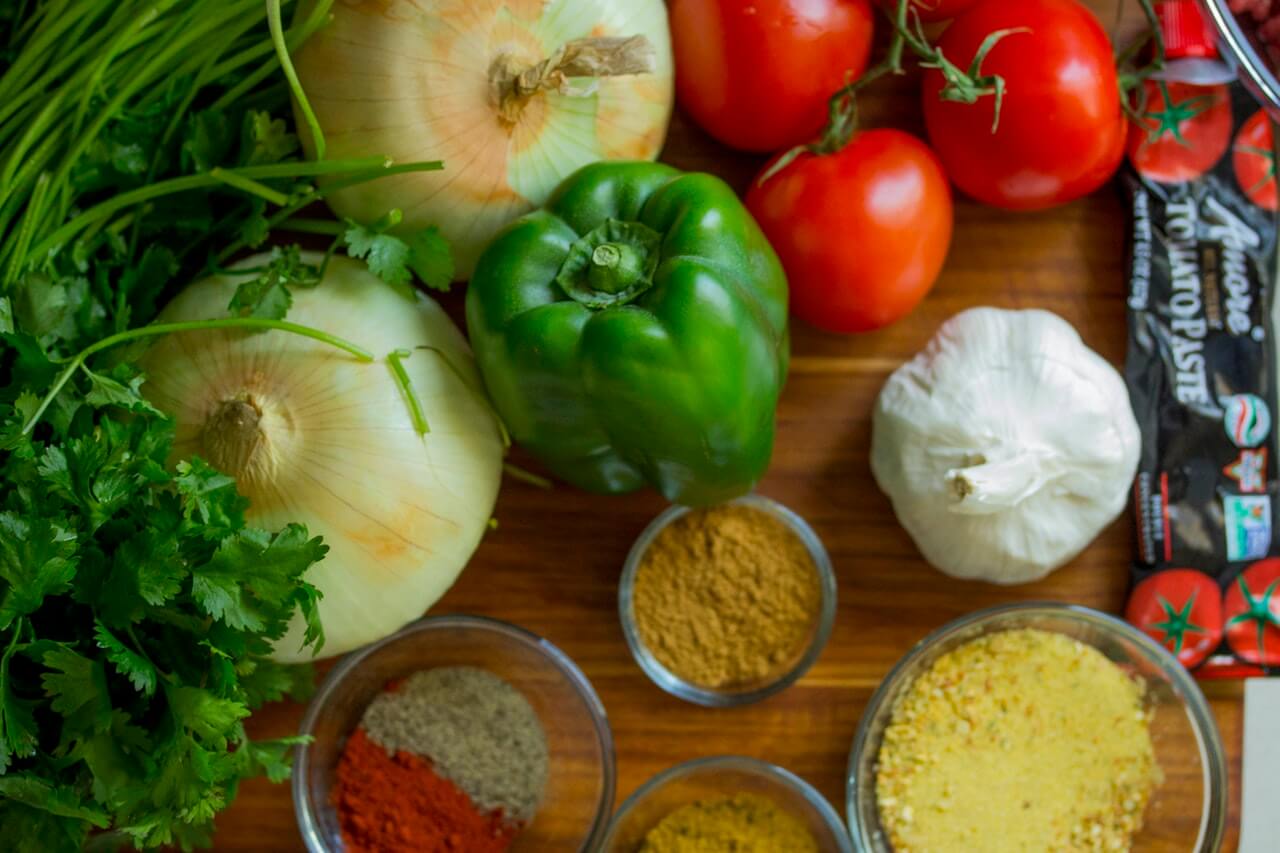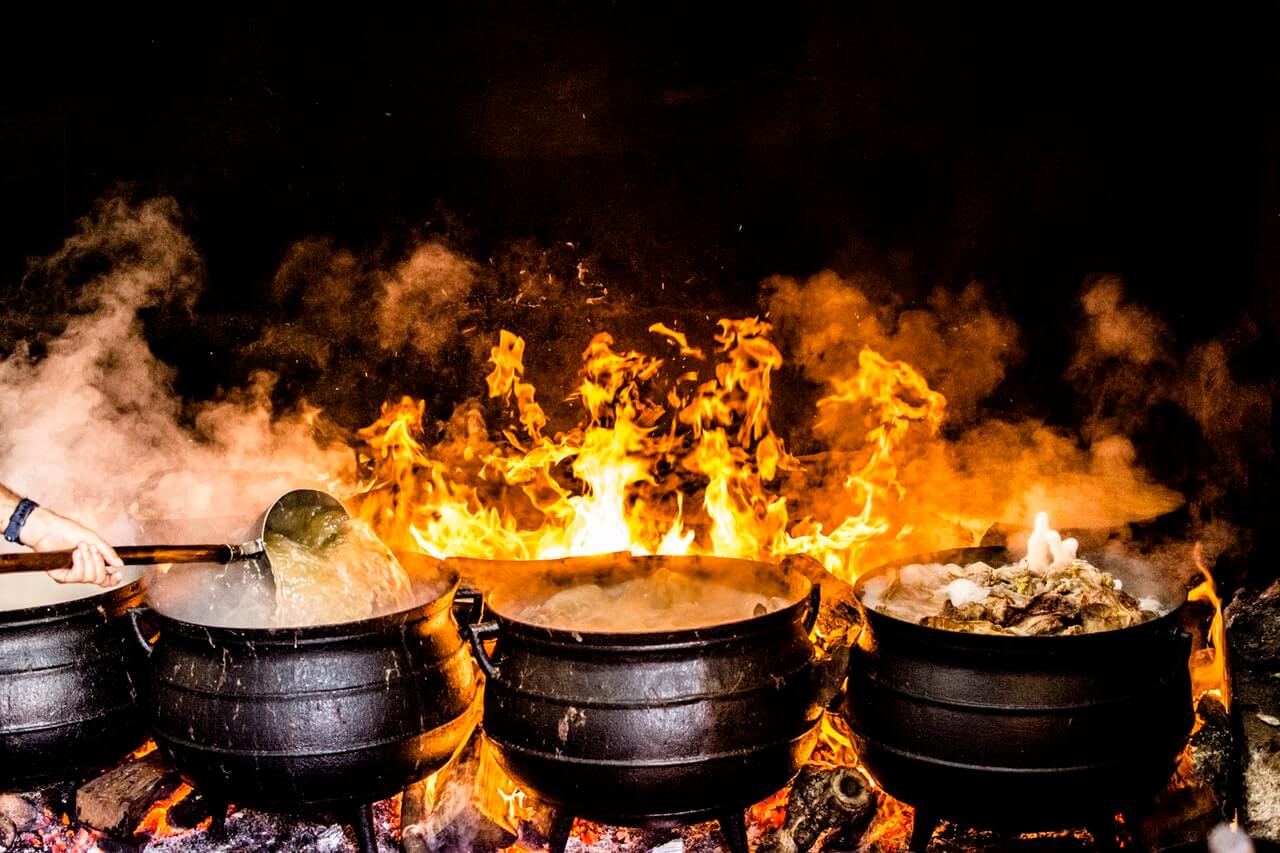Is It Soup Yet?
A Guide to Understanding When to Make a Decision and Move Forward

I along with association executives have come up with a list of decision-making points and tools to help determine when something is finally in fact, soup. It is important that you recognize your natural decision-making tendencies first though. Are you more comfortable discussing or deciding?
Discussers tend to work with others intensively and continue to look for more information or ‘ingredients’ to use in their decision-making process. This can lead to missed opportunities by causing delays with the indecision just like overcooking soup. It’s analysis-paralysis or an intense need to get thoughts and information from everyone.
Deciders tend to make quick decisions even if they may not have all the ingredients which can lead to undercooked soup. When you decide too soon without the proper information, you can miss important input or make a decision that you may not have if you had waited longer.
Knowing which tendency you favor between the two can push you towards a particular direction. So be sure you keep that in mind when moving forward with your decision-making process.


- Facts
- Trends
- Benefits
- Costs
- Resources
- Timeline
- Mission relevance
- Expectations
- Strategic goal alignment
- Analysis
- Perceptions
- Risk
Once you have the facts, most decisions (except for those that are urgent such as in a crisis) need some time to interfuse – like a good soup. That’s when you can see if a decision needs more time to simmer.
Let it simmer:
- More information is reasonably available that could sway the decision.
- Risk level of the decision will be reduced by waiting.
- The variables in the decision are changing.
- Crucial conversations and buy-in have not happened yet.
- Hidden agendas need more investigation.
- Lack of clarity on ramifications of the decision.
- The current situation is too emotional and needs time to calm down.
- A decision now will create conflict later that could be avoided by waiting.
- There are more pressing decisions to consider now.
- There is no downside to delaying the decision.
- There is no financial loss/gain by waiting.
- The data is not trustworthy.
- The decision feels reactionary
On the other hand, you don’t want to delay the decision unnecessarily. That is like an over-cooked soup where ingredients have become mushy. How do you know when you’ve reached that point where it’s time to finally make the decision?
It’s Soup:
- I have all the information I can reasonably get in the timeframe available.
- Additional input is unlikely to change the decision.
- There is a deadline for action.
- I have input from all the key people.
- I have an appropriate level of consensus.
- The situation is too painful and frustration is too great to wait longer.
- The situation will not change or may deteriorate by waiting.
- An opportunity will be missed by waiting.
- Research is decisive.
- Delay would cause a cost increase that would outweigh the benefits.
- The risk level will stay the same or increase by waiting.
- You just know that it’s time to decide.
Lastly, go back to your natural tendency and take steps to balance it with thoughtfulness. For natural discussers, you may need to push yourself to a decision before you are completely comfortable. For natural deciders, you may need to hold back on a decision for more simmering even though it feels uncomfortable.
Once you’ve done all that you will have the recipe for balanced decision-making. Soup’s on!

CAREER ADVICE

GOV TALK




